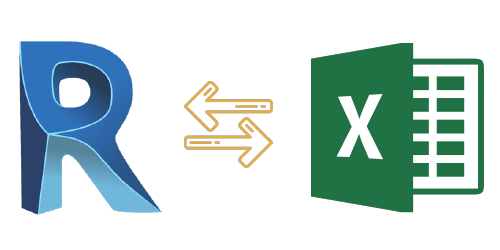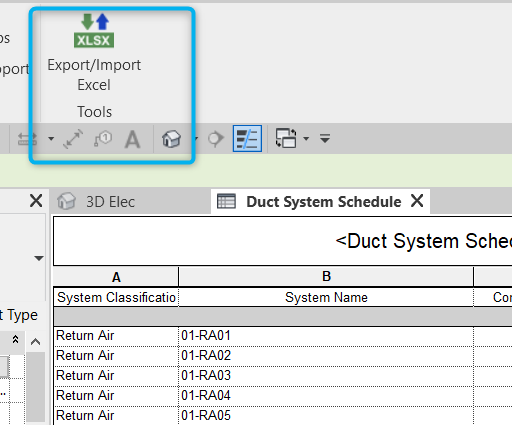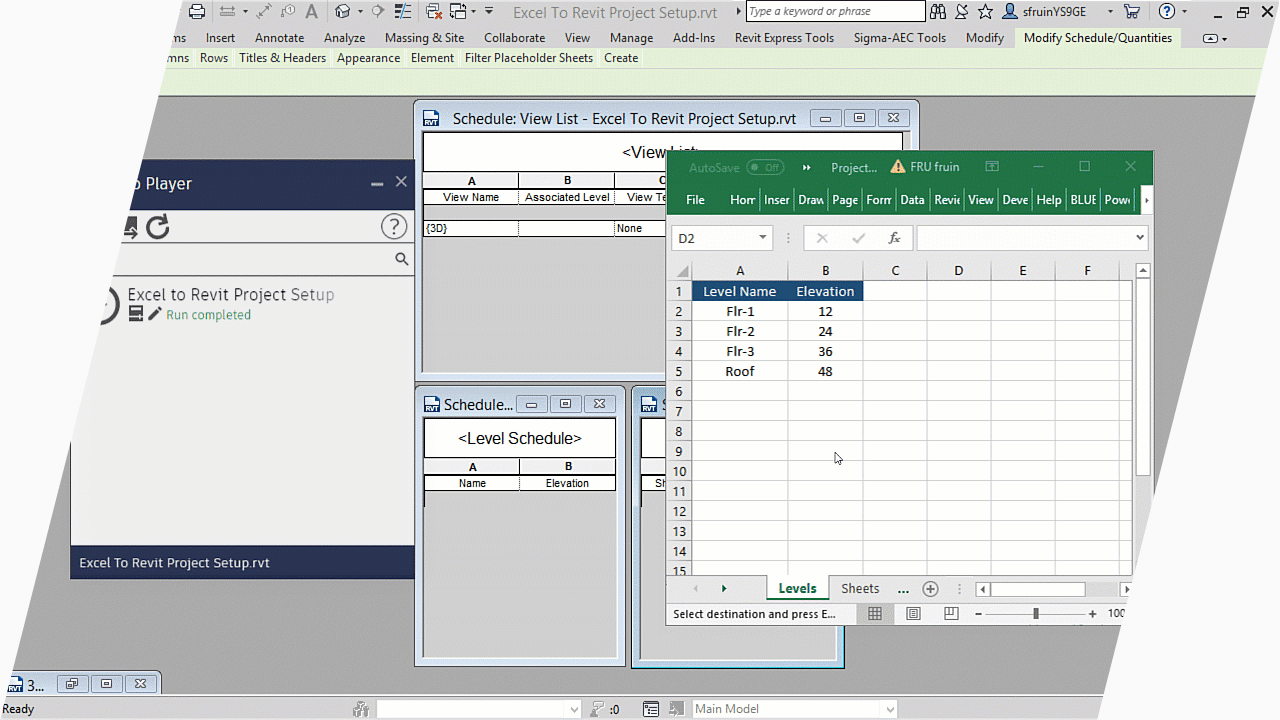Raise Your Revit Experience with Important Revit Tools and Add Ins
Wiki Article
Excel Empowerment: Supercharge Your Revit Projects With Seamless Data Import
With seamless data import, Excel empowerment can be the trick to opening your project's complete possibility. Envision streamlining the import process and optimizing effectiveness via seamless data integration. In this post, we will certainly share pointers and tricks for utilizing Excel in your Revit tasks.The Power of Excel in Revit Projects
You can supercharge your Revit projects by taking advantage of the power of Excel for seamless information import. Excel is a versatile device that can considerably improve your workflow and productivity in Revit (revit add ins). With Excel, you can conveniently import and manage big amounts of data, conserving you effort and timeAmong the essential benefits of making use of Master Revit is its ability to manage intricate computations and solutions. You can use Excel to do computations on your information, such as creating quantities, calculating expenses, or examining performance. This can be particularly beneficial when working with huge tasks that require considerable calculations.

On top of that, Excel gives a familiar and easy to use interface for collaborating with information. You can organize and adjust your information in a spread sheet layout, making it very easy to watch and edit. This can be specifically useful when collaborating with others or when you require to make quick changes to your task information.
In addition, Excel enables you to conveniently import and export information in between Revit and other software program applications. You can import data from external sources right into Revit, such as product specs or devices routines, and export information from Revit to Excel for further analysis or coverage.
Streamlining Information Import With Master Revit
When using Excel as a tool,Simplifying data import in Revit becomes less complicated. With Excel, you have the power to perfectly import and manage huge amounts of data in your Revit tasks. By making use of the familiar interface and capability of Excel, you can save time and increase effectiveness in your process.Among the essential advantages of utilizing Excel for information import in Revit is the ability to conveniently organize and manipulate information prior to importing it right into your task. With Excel's effective features, such as arranging, filtering, and solutions, you can rapidly clean up and style your information to fulfill the requirements of your Revit project.
Additionally, Excel enables you to import information from numerous resources, such as databases, spreadsheets, and even web-based applications. This adaptability offers you the flexibility to gather information from various platforms and combine it right into one central area for simple accessibility and administration.
On top of that, Excel provides the option to develop customized layouts for data import in Revit. By producing templates customized to your job's details needs, you can make certain uniformity and accuracy in your information import official source process.
Overall, using Excel as a tool for data import in Revit streamlines the procedure and enhances your productivity. So why not take advantage of this effective device and supercharge your Revit projects with smooth information import utilizing Excel?
Optimizing Efficiency With Seamless Data Assimilation
Make the most of performance by flawlessly incorporating and handling information in your process. Gone are the days of manually inputting information right into your system, wasting precious time and sources. With seamless information combination, you can simplify your procedures and supercharge your productivity.
Handling data comes to be a wind when you have a smooth assimilation system in area. You can quickly arrange and categorize your information, making weblink it much easier to obtain and examine. Claim farewell to the days of undergoing endless spread sheets for that piece of details you need.

Excel Tips and Tricks for Revit Projects
In addition, you can make use of Excel to create custom templates for data import and export. This way, you can make certain consistency and accuracy when moving information in between Revit and Excel. Overall, mastering these Excel methods and pointers will considerably enhance your capacity to manage and control data in your Revit tasks.Utilizing the Excel-Revit Link for Success
To maximize your Excel-Revit link, capitalize on the ability to easily move and integrate task information. By utilizing this effective connection, you can supercharge your Revit tasks and simplify your operations. With simply a couple of straightforward steps, you can import information from Excel directly right into Revit, saving you time and making certain accuracy.Among the vital advantages of the Excel-Revit connection is the ability to move information perfectly. Whether you are importing schedules, area data, or even geometry information, Excel provides an user-friendly user interface this hyperlink that permits you to arrange and adjust your information prior to importing it into Revit. This suggests you can conveniently upgrade and modify your project information in Excel, and with a couple of clicks, transfer those modifications straight right into your Revit design.
In enhancement to moving information, the Excel-Revit connection likewise enables synchronization. This means that any kind of modifications made in Excel can be immediately upgraded in Revit, guaranteeing that your job information is constantly approximately date. This synchronization attribute is specifically helpful when taking care of large and intricate tasks, as it gets rid of the requirement for hands-on data entrance and reduces the threat of errors.
Final Thought
By streamlining data import and making the most of efficiency with smooth information assimilation, you can supercharge your tasks and accomplish success. Don't wait any type of longer, begin using the power of Excel in your Revit projects today and unlock a world of opportunities.You can supercharge your Revit tasks by utilizing the power of Excel for smooth data import. With Excel, you have the power to effortlessly import and handle big quantities of data in your Revit tasks (revit tool). Generally, understanding these Excel tricks and ideas will considerably enhance your ability to manage and control information in your Revit tasks
Whether you are importing timetables, room information, or even geometry information, Excel gives a straightforward user interface that permits you to organize and manipulate your information before importing it right into Revit. By simplifying data import and making the most of performance via seamless data combination, you can supercharge your tasks and accomplish success.
Report this wiki page